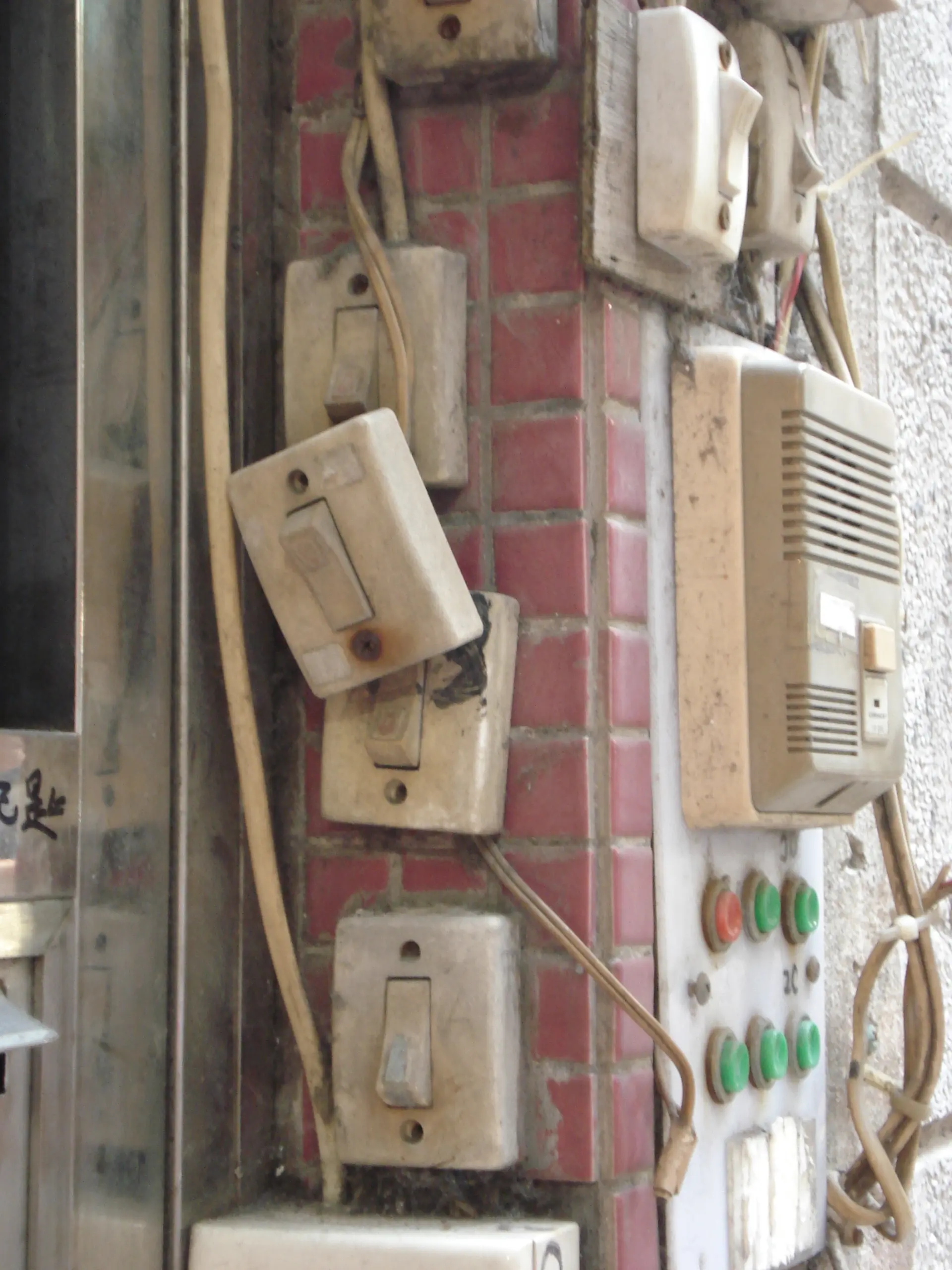What a re-wire involves
Planning a rewire is about time as much as cost. The work needs care, tidy planning, and safe testing. The length of the job depends on your home, your plans, and how many people carry out the work.
A full rewire replaces old cables, sockets, switches, and the consumer unit. It also adds new points where you need them. The team will plan the routes for wires, protect the floors, and agree on where to make holes. Power is turned off in short periods while the circuits are changed.
Small flats can be completed in a few days if access is clear, whereas a typical two-bedroom flat might take three to five days. A three-bedroom house often takes five to ten days, depending on the layout and how much new work you request.
Extra features add plenty of time. These include outdoor sockets, data points, smoke alarms, and new lighting circuits. Agreeing on a neat plan at the start keeps changes to a minimum. This saves hours later because fewer walls need opening for new routes.
Older homes and hidden issues

Older homes can sometimes hide a number of surprises. Plaster may be weak, floors may be uneven, and ceilings may have fragile finishes. All of this slows progress because the team must open smaller sections and make careful repairs.
You may also find outdated methods inside the walls. Some older circuits do not have an earth wire, and some cables run behind mouldings or in unusual places. Finding and fixing these adds tracing time and more careful routing for the new cables.
Access matters as well. Narrow loft hatches, tight stairs, or built-in wardrobes limit the movement of tools and reels of cable. Each limit adds small delays. As a guide, allow one to three extra days for an older property with access issues or very old wiring.
First fix and second fix explained
First fix is the part where cables are initially installed. The floors are always lifted, and routes are chased into the walls. Back boxes are then fitted for the sockets and switches. This stage tends to be the most dusty and noisy, and it usually takes the largest share of time because most of the physical work happens here.
The second fix follows after the walls are finished. The team will then fit sockets, switches, light fittings, and the consumer unit cover. Power is restored to each circuit in turn. This stage feels much quicker, but it still needs plenty of care because every connection must be correct.
The gap between the two stages depends on any plastering and drying time. If you have a decorator, make sure to plan their visit after the first fix dust has fully settled. Clear handovers are the best way to keep the second fix smooth and help the final checks go well
How many electricians on site

The size of the team changes the pace of the job. One electrician working alone will move steadily, but a full-house rewire may stretch over two weeks or more. Two people can share tasks such as lifting floors and pulling cables. This often halves the time on site.
Three or more can go faster again, but only if the rooms are ready. A crowded home tends to slow everyone down. If you can, strive to clear away furniture, lift rugs, and empty your cupboards before the team arrives. An empty property is usually quickest to tackle because that way, several rooms can be worked on at the same time.
Your plans also affect staffing. Complex lighting, many extra sockets, or outbuildings need more hours. Tell the contractor everything you want up front. They can then choose the right team size and give a fair time estimate for your home.
Safety checks and testing
When fittings are in place, the team chosen will carry out complete safety checks. They confirm that each cable is sound and that every circuit installed is protected. They also check that your devices in the consumer unit cut the power quickly in case of any faults.
Testing takes plenty of time. For example, a flat may need two to four hours of checks, whereas a much larger house can take half a day or more. If any of the readings look wrong, the team will investigate and fix the cause before they sign off the work entirely.
You should receive written proof of the tests and details of the circuits, and you must always keep this with your house papers, in case of an emergency or future inspections. It will help with insurance, future work, and any sale of the property. It also confirms that the job meets current safety rules.
If your home or property needs a complete rewire, give our team a call. We'll inspect the electrical units throughout the identify the problems and assess whether a rewire is the best option, then carry out the job safely. Give us a call today for further details.



